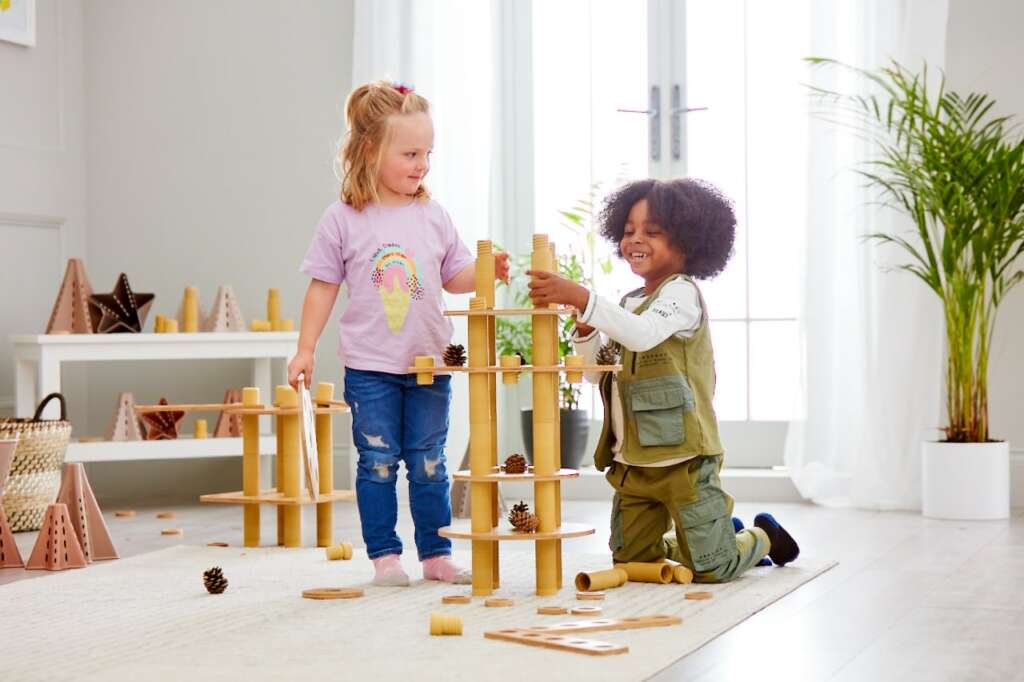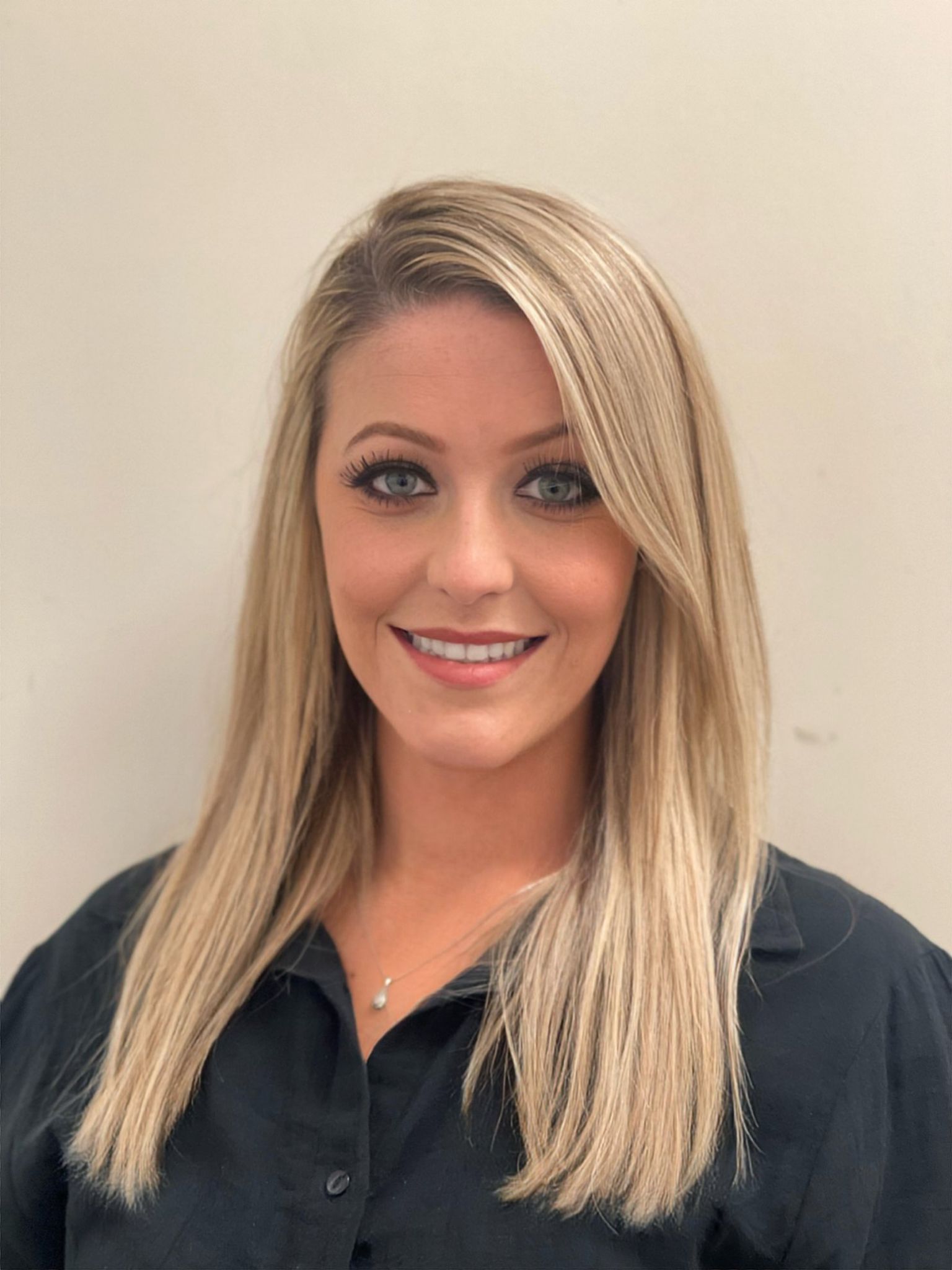Olivia Kirkby, Educational Expert and Early Years Consultant at TTS, reflects on her 15 years’ working in the Early Years sector and her passion for transforming environments in this blog.
Throughout my Early Years career, a huge passion of mine was to transform environments. This included educating and encouraging practitioners to understand how environments and resources can enhance children’s development and shape their later years.
Developing skills for life
The first five years of a child’s life are the most important developmental years, with 85% of the human brain developing by the time an individual is five years old! This is why, we as Early Years educators, each have such an impact on each individual child and their future skills.
Transforming environments and ensuring they are language rich is key to this development. Why? Because the conversations that take place, the resources implemented, and the environment created will support a child when they are 2 years old, but also when they are 12, 22, 32 and so on.
Early language development
One of the most important aspects of working in Early Years is adapting and analysing how to transform our environments and interactions to ensure we always encourage communication and language.
Children’s speech develops from sounds, to words, to simple sentences through hundreds of hours of interactions with adults. Carefully planned spaces that promote high engagement and quality learning opportunities consist of defined areas that complement each other with a clear sense of flow around the room.
It is widely acknowledged that particular areas of provision, when resourced and organised effectively, are the best way to enable children to follow their interests, explore the things that matter and are of genuine interest to them. A language-rich environment will support children’s natural linguistic development, challenging their vocabulary and enabling them to use language in everyday life.
So, what can we do to create enabling environments that enrich a child’s learning in the Early Years?

The physcial environment
Looking in detail at every aspect of the environment is so vital in the Early Years. I would always ask my practitioners as a manager, ‘Are we making the most of our space, our activities and ourselves to create a language-rich environment for our children?’.
Room analysing, peer-on-peer observations, continuously reflecting on each area of your provision and making improvements based on what you observe will help promote a language-rich environment. An enabling environment is one which provides a rich, varied and safe space in a setting in which children can play, explore and learn.
This can contribute significantly to children’s learning and development in the early years, ensuring the enabling environment is language rich is an added element to this.
I would suggest considering these points when making enhancements to your setting:
- Which areas in your rooms are most of the conversations taking place?
- Are open-ended questions being used when interacting with children?
- Observe your practitioners interactions with the children.
- Are these interactions good quality and effective?
- Review your resources, which ones do the children use most?
- Discuss within the team what the children’s current interests are and how are these being followed?
- Are there calming areas within the room for the children to be quiet and reflect?
- How are spaces being created for imaginative play?
- Are there a variety of books to engage children with reading?
The emotional environment
But what is an ‘emotional environment’? When you enter a room, your brain takes in lots of information about the physical environment. Is it a safe? Do you feel comfortable, does it have a pleasant atmosphere and is it an aesthetically pleasing place to be? Are the people in the room welcoming, warm and calm?
Babies and young children are susceptible to the emotions of their caregivers, and the emotional environment can profoundly affect their experience. The emotional environment is impacted by relationships.
Creating an environment means more to a child than what’s around them – but how they feel within that environment can influence their learning and development.

Personal, social and emotional development
The emotional environment is a vital part of children’s personal, social and emotional development. Ensuring high levels of emotional wellbeing is a vital foundation for learning in early childhood.
Language-rich environments must make the child comfortable and welcomed, and their relationship with staff members plays the most important role. Proactively building positive relationships is essential for ensuring children have the confidence to engage with the language development opportunities provided by the physical environment.
Unless the physical environment and the emotional environment meet needs, the opportunity for language rich environment is narrowed – language is linked to how children feel (emotional) and what they see and interact with (physical).
Daily interactions
Talking about the emotional environment leads me to the importance of daily Interactions. Children having positive relationships with practitioners is the starting basis of ensuring quality interactions can take place.
Open-ended questions are key in every area of the environment and throughout daily interactions. These questions could include the following:
- Tell me about…
- I wonder if…
- Where do you think that comes from?
- Have you seen anything like this before?
- Why do you think that?
- Can you explain…?
- How do you think it was made?
Role-play and asking open-ended questions, linked with reviewing the environment, collectively encourages us as educators to scaffold children’s learning and model language opportunities.
Every interaction with children is an opportunity to expose them to vocabulary.
(Templeton and Gehsmann, 2014)

Article written by Olivia Kirkby
Olivia has 15 years’ experience in the Early Years Sector, starting as an apprentice Early Years practitioner and progressing to Leadership, Management, and Consultancy work. Her passion and experiences include providing outstanding care for children as well as teaching and training practitioners as an Early Years Assessor. Olivia is now Early Years Consultant at TTS.



